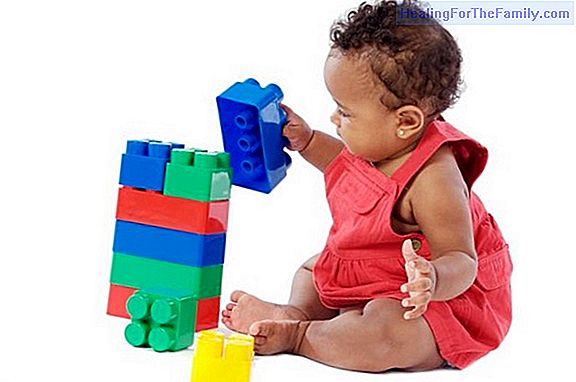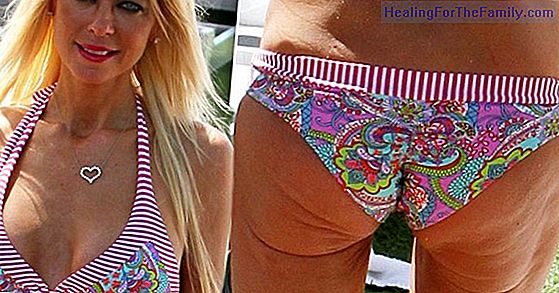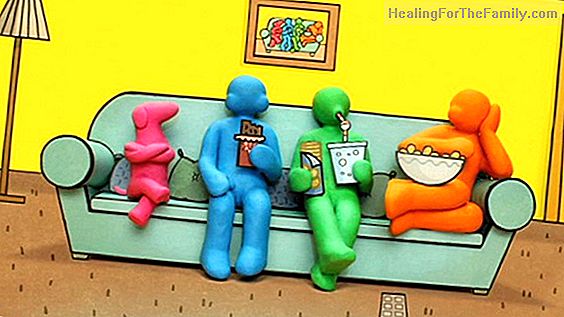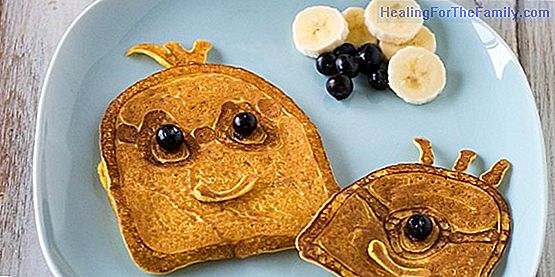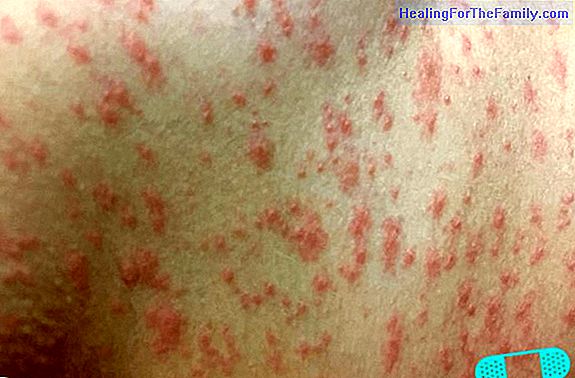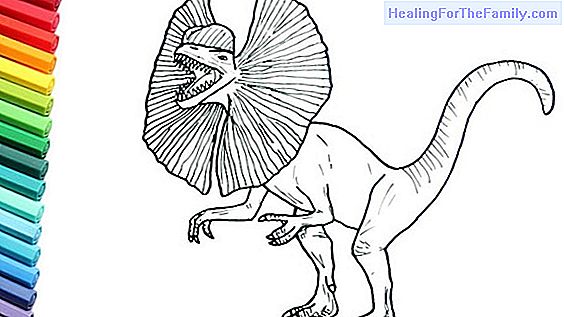Common Orthopedic Foot problems of children
When a child has a foot problem corrected by orthopedic techniques we come to mind images of movies like "Forrest Gump" Frankenstein shoe type, etc. But fortunately, this is no longer the case, every day orthopedics evolves to favor normalcy in patients and they can lead a full life while they recov
When a child has a foot problem corrected by orthopedic techniques we come to mind images of movies like "Forrest Gump" Frankenstein shoe type, etc. But fortunately, this is no longer the case, every day orthopedics evolves to favor normalcy in patients and they can lead a full life while they recover.
In my career as a child orthopedist I can highlight a series of most common problems in children's feet.
Most frequent orthopedic disorders in childhood
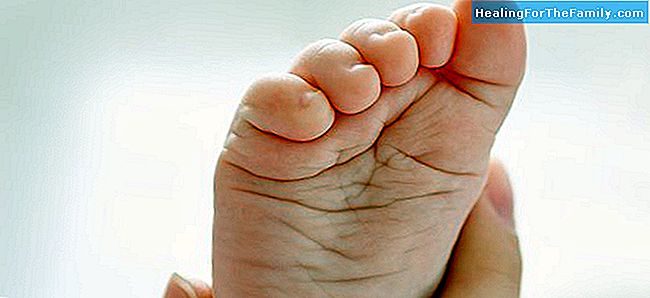
1. Flat feet: Most babies are born with flat feet and develop the arches of the feet as they grow. But in some children, the bow never fully developed. The first thing that parents usually perceive is that their child has what they describe as "weak ankles" (which seem to twist inward due to the shape of the feet). Parents of children with flat feet are worried that their children are clumsier than other children, but doctors say that flat feet should not be cause for concern and should not interfere with sports. Sometimes, orthopedists recommend introducing templates with special arch supports in order to reduce pain, if it exists.
2. Cavus feet: is the opposite of flat feet. There is an excessively high bridge. It is common that there are more cases in the family. Most are mild cases that do not cause a special problem, except the difficulty of finding comfortable shoes. But in severe cases they can progressively deform the foot, alter gait and cause pain. In these cases a specific orthopedic footwear is the most appropriate and in very severe cases, surgery.
3. Feet inward (with Metatarso Varo): may be due to different circumstances. A very frequent and appreciable circumstance at birth and very young children is the "metatarsus varus". Due to problems of space in the uterus, the front part of the foot tilts and goes inwards, acquiring the plant a "kidney" aspect. With proper stretching exercises, it is corrected without difficulty. P 4. Feet zambos:
are very similar to the feet of metatarsus varus but these are rigid, not corrected by hand and with stretches. They can not bend up and do not straighten up. These children need orthopedic treatment of corrective plastering and customized orthotics, which progresses with their growth along with the footwear that will be used in childhood. 5. Feet "out"
: usually indicates the existence of a flat-flexible foot. As we have said before, it is usually a family trait and unless severe and painful, no action will be necessary.6. Talos feet "upwards":
Due to postures inside the uterus, many newborns are born with their feet up, pointing their fingers towards the leg, leaving the heel low. If the foot is corrected with the hand and can be extended without forcing the foot, these cases are usually corrected with stretching and in a few months. Only rigid talus feet that can not be reduced, will need a more specific treatment or surgery in the most severe cases. 7. toe walking:
when young do not reach an object they want, encouraged by his great curiosity, they usually stand on tiptoe. But if these tips persist in all the steps, in a normalized march, it should be observed. Should not be given after 3 years, if so, the pediatrician should assess it to rule out other problems and if necessary, put on an orthopedic treatment. In conclusion, we must be very aware of the evolution of the feet of our children, since, like a tree, they are the roots of our body and the basis of it.

